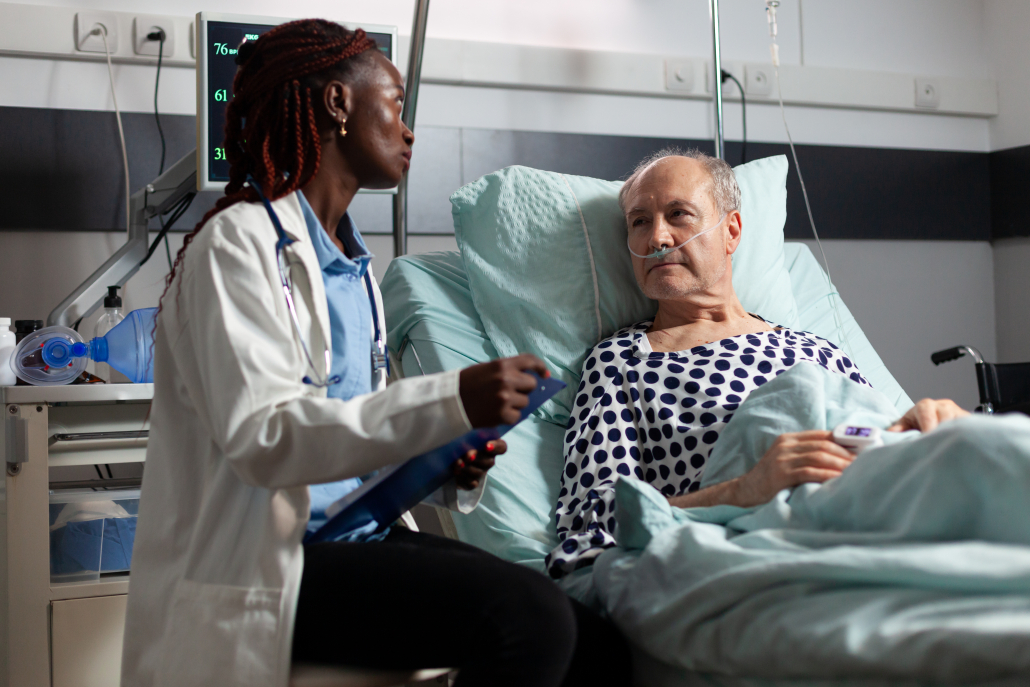Cashless Economy: Positive and Negative Impacts of Demonetization on SMES

Demonetization and cashless economy are often put together, with the former used to mean a general reduction in physical legal tender. The original concept of demonetization, however, entails the eradication of particular denominations, usually the larger denominations, with an aim of curbing crime and fraud among other reasons.
Reasons for Demonetization
- Curbing crime – high denomination legal tender is known to be a delight for criminal merchants such as drug dealers and perpetrators of corruption, as it eases the storage of this money in its physical form, evading the need to deposit these monies at the bank, a move that would jeopardize criminal transactions.
- Mitigating hyper-inflation – the aim may be to generally reduce the money in a country’s circulation. Higher currencies, therefore, are the most impactful to cut a currency and thus the demonetization policy will begin by limiting high legal tender.
- Introduction of a new currency – demonetization may also be used not just to reduce the presence of a particular currency but also to totally replace it with a new currency. This happened across the entire of Europe in 2002, when the European Union was implementing the introduction of the Euro as the currency standard for member countries and ultimately the entire continent.
Demonetization eventually breeds a cashless society through the following ways:
How Demonetization Leads to a Cashless Economy
- The only way to possess high denominations would be through electronic methods. People will then resolve to having electronic cash and digital wallets to deal with this change.
- Small denominations become cumbersome to carry around. The government may cut the supply of high denominations, but this does not in any way increase the value of the currency in question. Cashless methods like plastic money and digital currency become the ultimate solution to cumbersome denominations.
- To have assurances for security, people will reduce physical currency in possession and store the currency in banks, carrying them around in a non-physical form. Demonetization is a dread for consumers holding old currency. They will therefore opt to just transfer physical cash into banks and digital wallets and spare themselves the mayhem associated with currency replacement.
Demonetization has its own pros and cons, not only to businesses but the entire economy of consumers. Let’s look at them below.
Advantages and Disadvantages of Demonetization and a Cashless System
Advantages
- Reduced money handling – physical money is cumbersome, and people will find it inconveniencing to carry loads of cash around, while they could just deposit it and much more in their card or digital wallet. During the COVID-19 pandemic, demonetisation was a critical initiative of preventing the spreading of CoronaVirus. Demonetization is not only secure but highly hygienic and infection-safe.
- Highly secure – physical money attracts all forms of insecurity: robbery, fraud, and unknowingly losing the money. Banks and issuers of electronic money have developed stringent measures for monetary security, such as configuration of digital wallets with biometric security.
- A delight for tax and surveillance agencies – the point of introducing digital money has always been to enhance transparency. The cashless system has been a hallmark to traceability of transactions by relevant authorities. This factor has sparked a debate on the level of surveillance accorded by banks and digital wallets to government and financial authorities. Through digital tracing, financial systems have been able to automatically levy tax and other fees directly from digital wallets and electronic transactions.
- Cashlessness facilitates unlimited transactions – cashless transactions have defied all geographical boundaries, unlike physical cash. Swift transactions have been made possible between far apart points across the world. Someone in Kuwait can now order and pay for Nike Merchandise in the United States, far away from the Middle East. Cashlessness has unequivocally been referred to as the future of money, due to the monumental role it has played in globalisation efforts..
Disadvantages
- Cyber Insecurities – cyber crimes have been the nightmare of electronic banking and digital transactions. Through sinister attempts on one’s cyber security, fraudsters may catastrophically syphon a person’s lifetime savings in a heartbeat. This is done through hacking, email phishing, and infringement of one’s data privacy.
- A chaotic transition – demonetization may be a favourable fiscal policy with a bright future for the globe. However, the annihilation of a denomination or the replacement of one currency entirely would spur a frenzy throughout banking halls. Not everyone would be privy to such a process taking place, and many will be left out with illegal tenders.
- Too much surveillance – rogue institutions may invade so much the privacy of consumers, infringing basic rights to a private transaction. Moreover, surveillance is not every consumer’s cup of tea, and some users will be exposed to taxes, fees, and fines that they would have otherwise dodged in an otherwise physical monetary system.
Demonetization, Cashless Transactions, Impact on SMEs
Small and Medium Enterprises (SMEs) may not be the carrier of any economy, but their impact on the greater population is cast in stone. WorldBank puts it that SMEs comprise 90% of businesses worldwide, 40% of global GDP, and employ up to 50% of the labour force globally. This has been made possible by the remoteness of these businesses, covering all areas from the cities to rural zones.
1. SME traders may lag in technological advancements associated with cashless transactions.
Traders in the city may always jump into new technologies immediately they prop up, but others in remote places may suffer from huge technological gaps. As a result, they may not be able to transact with everyone else in the purchase of supplies, sale of goods, and any other transactions.
2. SMEs are subjected to unnecessary surveillance.
Government laws and regulation, though legally significant, may curtail the development of Small and Medium-Sized enterprises. Punitive taxations, license fees, and non-compliant fines may threaten the establishment of enterprises which constitute the backbone of the global economy.
3. Digital transactions are expensive, and so is receiving them.
Digital wallets reap from imposing transaction fees during every transaction. This would not be the same if the transaction was physical, as cash-to-cash transactions are free. These charges are unnecessary and non value-adding to business ventures.
4. Demonetization is a hectic and costly process for SMEs.
Demonetization reduces the amount of money in circulation, and trade volumes would sharply plummet, due to the reduced supply of money.
On the brighter side, demonetization boosts trade, as long as merchants in the Small and Medium-Sized Enterprises comprehend the know-how of plastic money, digital wallets, and cashless transactions. Globalization, a child of the cashless economy, has opened unlimited pathways for SMEs. Trade is now taking place across thousands of miles between different parts of the world. In the end, just like with other technologies, there usually is no going back. As an SME trader, therefore, you can only reform and adopt the new technologies, or be subdued and lag behind forever.
Needs help with similar assignment?
We are available 24x7 to deliver the best services and assignment ready within 3-4 hours? Order a custom-written, plagiarism-free paper


















